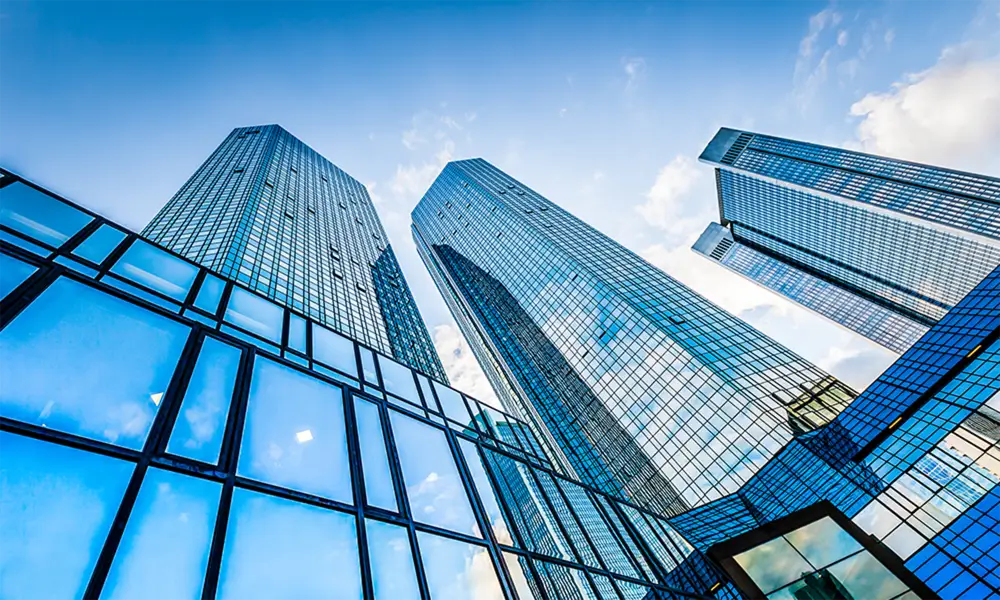

The Allure of Tinted Glass Colors A Spectrum of Aesthetic and Functionality
Tinted glass has become a focal point in modern architecture, design, and interior decor, where colour can be used as both a functional element and an aesthetic enhancer. As we delve into the world of tinted glass, we discover a vibrant spectrum of colours, each offering unique benefits and visual appeal. From sleek office buildings to cozy homes and artistic installations, tinted glass plays a crucial role in shaping the atmosphere and environment of a space.
Understanding Tinted Glass
Tinted glass is made by adding metal oxides or other compounds during the manufacturing process. This treatment imbues the glass with colour while still allowing light to permeate. The range of colours can include shades such as blue, green, bronze, gray, and even custom hues made to fit specific design requirements. These colours can significantly affect how a space feels, influencing mood, comfort, and even productivity.
Aesthetic Impact
One of the most significant draws of tinted glass is its aesthetic appeal. Architects and designers often use tinted glass to enhance the visual elegance of a building. For instance, a building adorned with blue-tinted glass can evoke feelings of calmness and serenity. In contrast, warmer tones, such as amber or bronze, can create a sense of warmth and welcoming.
Moreover, tinted glass allows for creative freedom in design. Different colours can be combined or used in various levels of opacity to create striking visual contrasts and gradients. This ability to manipulate light and colour leads to innovative architectural designs that stand out, making tinted glass a favored choice in contemporary projects.
Functional Advantages
Beyond aesthetics, tinted glass presents numerous functional advantages. A primary benefit is its ability to reduce glare and enhance privacy. In settings such as offices or conference rooms, tinted glass can help mitigate distractions caused by harsh sunlight, fostering a more comfortable working environment. Additionally, homes with large windows may benefit from tinted glass that reduces visibility from the outside, ensuring privacy without sacrificing natural light.

Another crucial aspect of tinted glass is its energy efficiency. Tinted windows can significantly lower heating and cooling costs by reducing solar heat gain. This feature is particularly valuable in hot climates, where buildings often face excessive sunlight. By cutting down on heat absorption, tinted glass helps maintain a stable indoor temperature, leading to lower energy consumption.
Environmental Considerations
The growing emphasis on sustainability in design has seen tinted glass evolve to meet eco-friendly standards. Many manufacturers now produce tinted glass that meets energy efficiency guidelines, contributing to green building certifications like LEED (Leadership in Energy and Environmental Design). Using tinted glass in construction can help minimize the heat island effect often caused by urban environments, promoting a cooler urban climate.
Furthermore, tinted glass can be recycled. When construction projects involve removing tinted glass, it can be repurposed for new designs, ensuring minimal waste. This aspect of tinted glass further promotes a circular economy in the building industry.
Challenges and Considerations
While tinted glass has its advantages, there are also challenges to consider. One potential drawback is the loss of visible light, which can be undesirable in environments that benefit from ample natural light. Designers must strike a balance between aesthetics, functionality, and energy efficiency when selecting tinted glass. Moreover, the colour of the glass can change over time due to exposure to the elements, making it imperative to choose high-quality materials.
Conclusion
In conclusion, tinted glass colours play an integral role in modern architectural design, marrying aesthetic beauty with practicality. Its ability to transform spaces, enhance privacy, reduce glare, and contribute to energy efficiency makes it a valuable material in various applications. As we move forward in an age increasingly focused on sustainability, tinted glass stands ready to adapt and evolve, ensuring it remains a staple in innovative design for years to come. The interplay of colours, light, and environment showcases not just the art of architecture but also our capacity to create spaces that are visually stunning and functionally sensible.